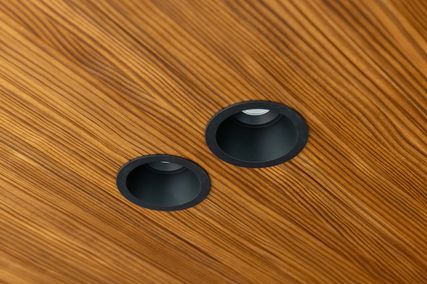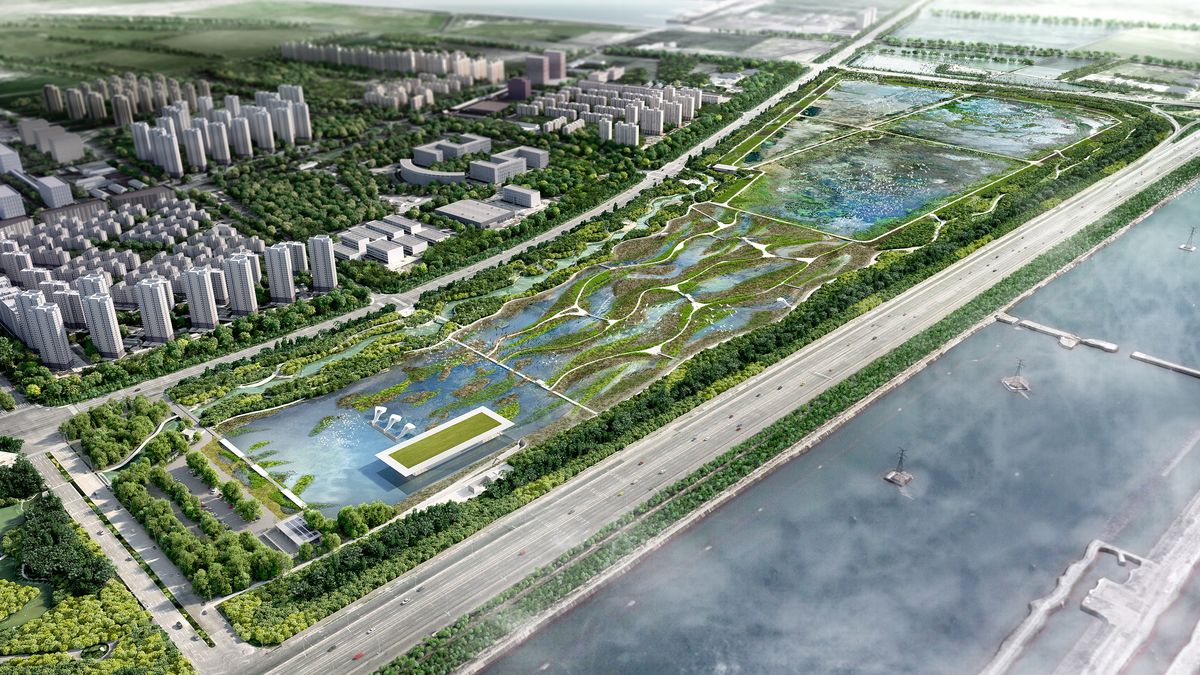Jury citation
McGregor Coxall has explored one of the most significant environmental and ethical issues we face – our responsibility to other living beings and their habitat. Values embedded in our Indigenous cultural history, expressed in the idea of “caring for Country,” come to mind when considering this proposal for the Chinese city of Tianjin. The design creates a safe habitat for wildlife, free of human uses, in the form of 110 hectares of wetland park on the East Asian–Australasian migratory bird corridor. The design drawings evoke a safe, food-rich landscape, including perimeter viewing platforms of great beauty. Human interaction is minimized to secure the future of the bird population without diminishing the cultural and educational benefits of engaging with nature, even if at a distance. The wetlands are located adjacent to high-density built form to highlight important questions around how to better balance increasing global urbanization with new environments for the other animals that inhabit our planet. Proposing to reinstate the network of bird habitat in support of migratory patterns and breeding cycles to improve falling survival rates associated with urbanization, Lingang Bird Airport is an exemplary design proposition that is worthy of global implementation.
Architect’s description
Every year, over 50 million birds migrate from the northern hemisphere to Australia and New Zealand on the East Asian–Australasian Flyway (EAAF), seeking food and shelter. In a bid to increase critical bird habitat on the shores of the Bohai Sea in China, the Asian Development Bank encouraged the Port of Tianjin to embark upon an international design competition for a wetland bird sanctuary on a degraded landfill site in the Lingang area.
McGregor Coxall proposed the world’s first migratory “bird airport,” a 110-hectare wetland that will provide a globally significant sanctuary for endangered migratory bird species while also providing new green lungs for the city of Tianjin.
The EAAF is the world’s most threatened flyway due to loss of habitat to coastal urbanization. The landscape has been specifically designed to support the needs of more than 50 species of birds in three different water habitats, including an island lake with shallow rapids, a reed zone and mudflats. When complete, the site will comprise 14 bird hides, a 20-hectare forest and a 3,500-square-metre visitor and research centre. The wetlands are surrounded by a 20-hectare fringing forest to protect the birds from intrusion by nearby urban development. The masterplan also looked to achieve Ramsar accreditation for the site, to assist the client in joining the Convention on Wetlands.
Part of a green necklace of new parkland for the city of Tianjin, the project will deliver green infrastructure, including constructed wetlands, parkland and urban forest. Renewable energy will be used to move recycled wastewater and harvested rainwater through the wetlands. The project will amplify China’s growing role as a hotspot for international migratory bird research and function as a pilot project in the national “sponge city” program.
Source

Award
Published online: 14 Jan 2021
Words:
ArchitectureAU Editorial
Images:
Supplied
Issue
Architecture Australia, January 2021
















